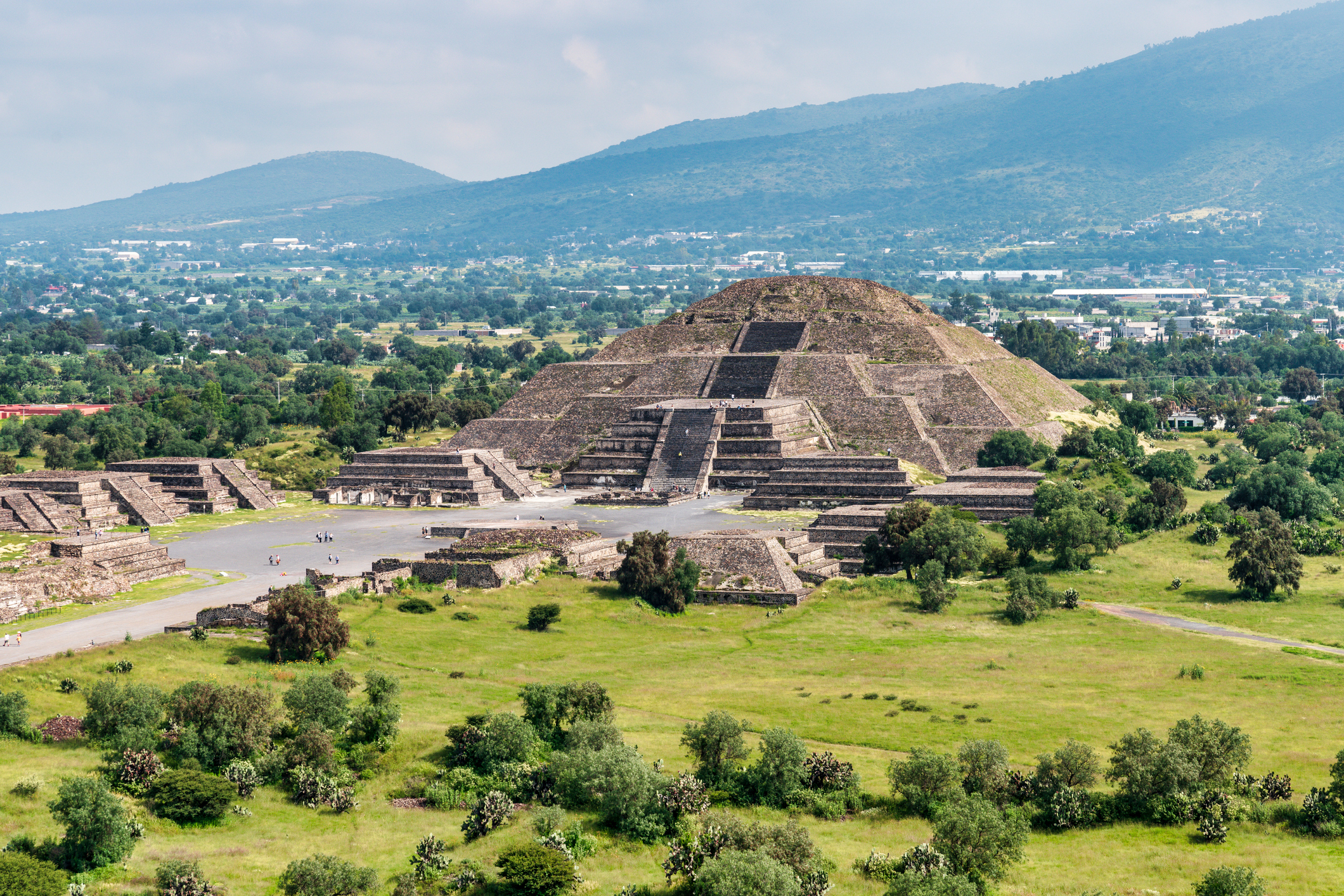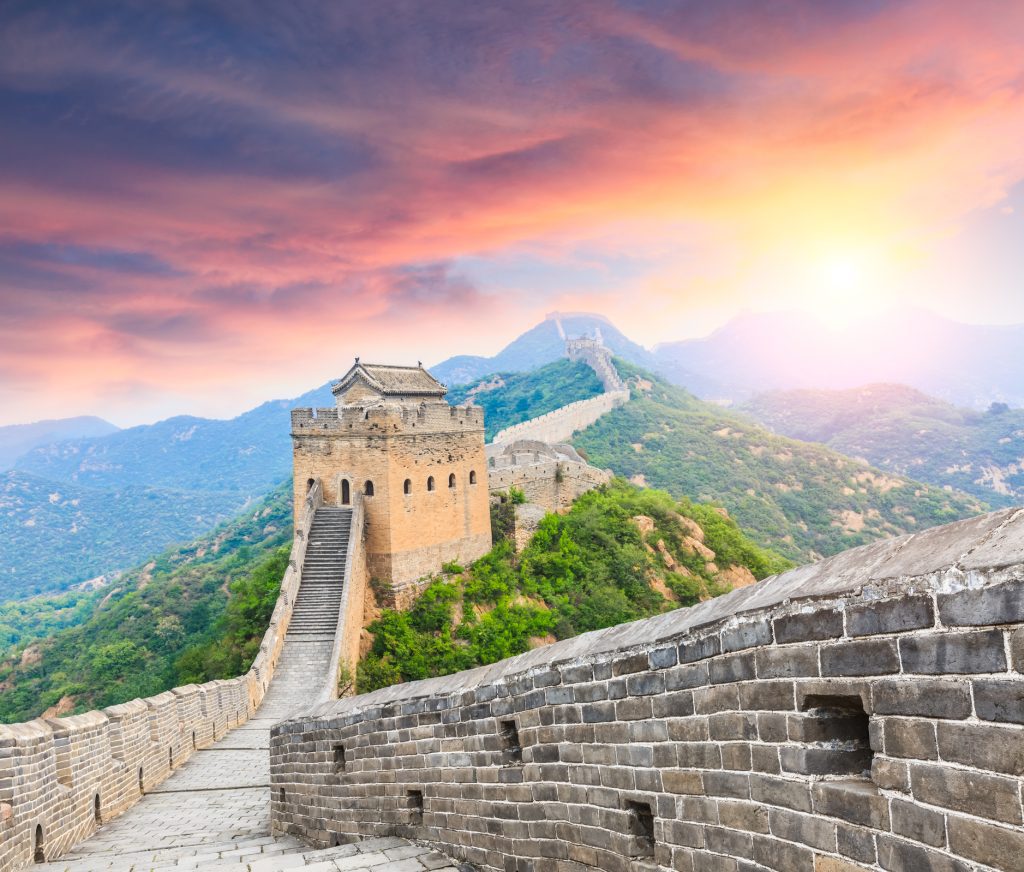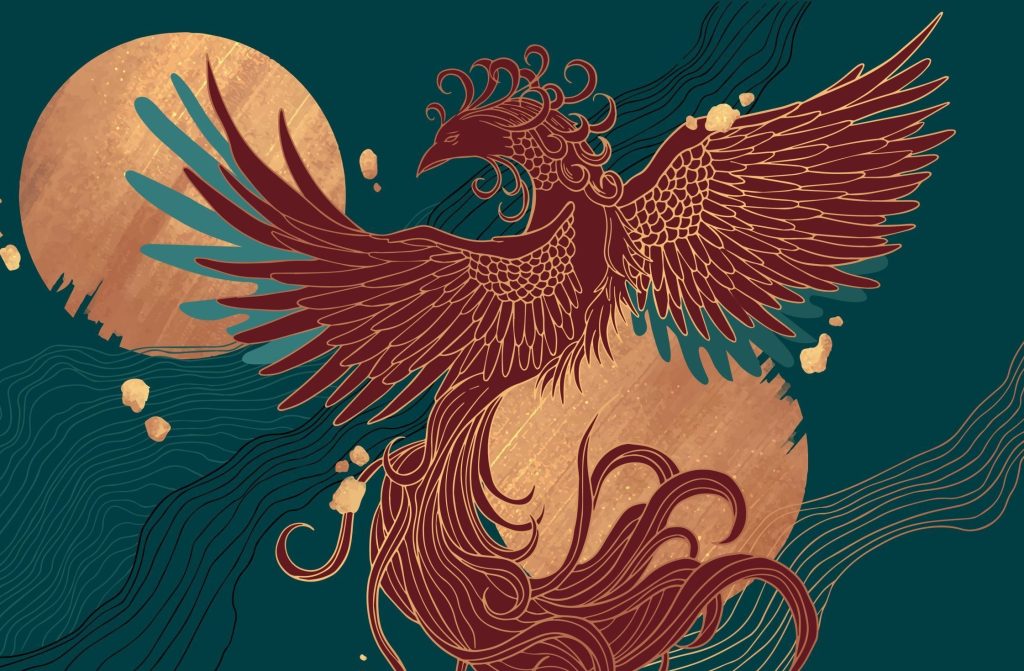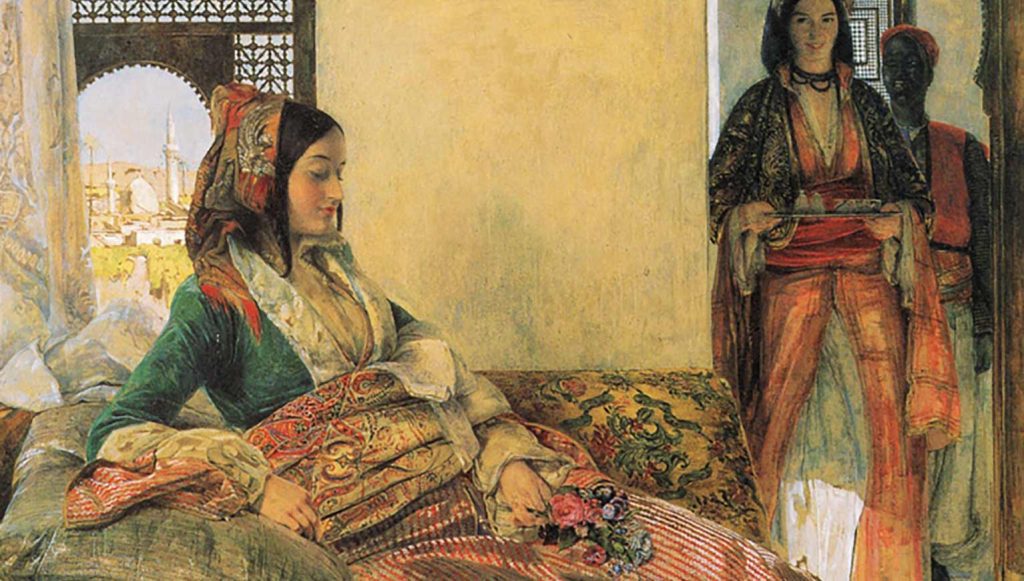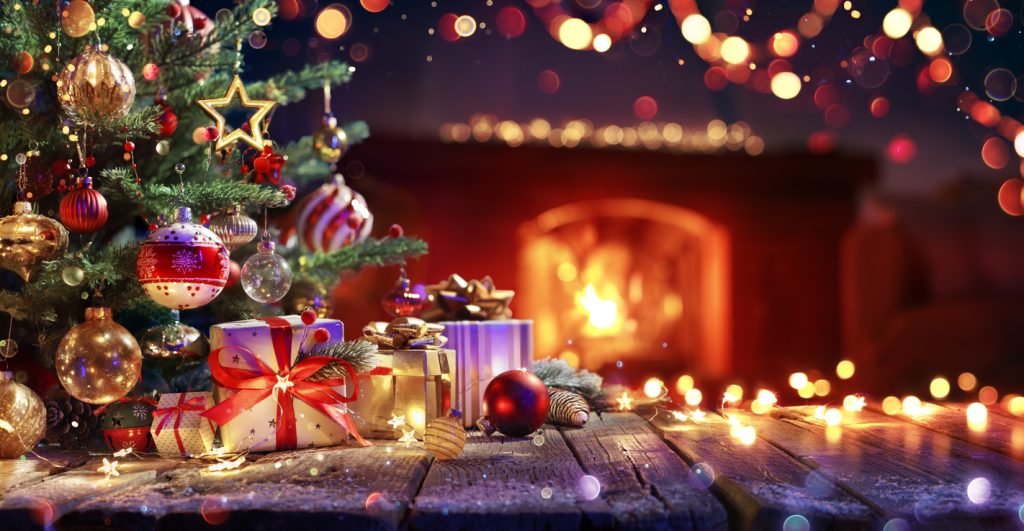The Mayan people are a native group in Mesoamerica who developed a powerful Mayan civilization that encompassed a large area. Some historical accounts suggest that the Mayans stayed within the Stone Age and left their cities for no reason. Other historians argue that the Maya exhausted their environment to the extent that they couldn’t sustain a large population. Still, some believed the civilization collapsed due to war among competing city-states. Whatever the tale, the Mayan society is still alive.
In essence, the Mayans of today are generally descendants of people who resided within that historic area. With substantial economic activities and culture, the Mayan story is resilient. Historical records show that they exerted influence as early as the sixth century A.D. By exploring this culture, we’ll bring out positive stories that history can tap into to create a better world.
Mayan Origins and Prehistoric Lifestyle
The origin of the Maya is murky. The earliest settlers lived in Central America in 2000 BCE and had a strong presence in Mesoamerica for over three centuries.
The Mayans practiced agriculture, growing crops like beans, cassava, maize, and squash. They were also master builders, having developed the most advanced civilizations in the Americas. Tikal, El Mirador, Chichen Itza, Uxmal, and Caracol are some of the most powerful Maya city-states built. They also created tall pyramids that rose hundreds of feet to please their gods.
La Danta is one of the tallest and largest pyramids in the world today and is a product of ancient Mayans’ construction prowess. Other advanced cultural attributes demonstrated by the Preclassic Mayans include a distinctive system of writing (hieroglyphics) and inscription of stone monuments.
Like other Mesoamerican cultures, Mayan society was divided into various social classes, which determined their way of life. Of course, the king was at the top of the social pyramid, followed by a council of priests. Government officials, scribes, and elite warriors were the third most influential individuals in the society.
Then, there was the middle class, comprising merchants and artisans. Commoners included enslaved people, farmers, and other workers. It may interest you to know that Maya wasn’t a true empire under the rulership of a single king. Instead, the kingdom consisted of different independent city-states governed by its king. Regarding religion, nature has greatly influenced this community’s belief systems. As such, they worshiped the gods of the moon, sun, and corn.
Do the Mayans Still Exist Today?
Yes! Currently, the population averages 6 million people. It includes modern-day countries like Peru, Guatemala, Mexico, Honduras, El Salvador, and Belize. The major Mayan groups with high population numbers include the Yucatecs, Tzotzil, and the Tzeltal. The first group resides on the warm and tropical Yucatan Peninsula.
In contrast, the other ones have settled in the Chiapas highlands. Guatemala is also home to big Mayan groups like the Cakchiquel and Quiché. Mayans speak over 30 languages and each ethnic group speaks a distinctive, mutually unintelligible language.
The Mayans have managed to preserve their traditional way of life amid challenges and change over the centuries. Most of the ethnic population engages in agricultural activities, and many still produce crafts like woven textiles to sell in the markets. In terms of dressing, the people wear colorful, yarn-based fabrics woven into dresses, shirts, capes, and blouses. Every village has its unique pattern, so it’s easy to tell where an individual comes from. Generally, women’s clothing comprises a long skirt and a shirt.
Religious practices are alive as well. Like their ancestors, contemporary Mayans consult shaman priests to receive services relating to astrology, divination, calendrics, and prophecy, among other things. The people’s worldview is also shaped by nature, mainly the sky and land, so traditional gods are worshiped to date despite the introduction of the Christian religion in the community.
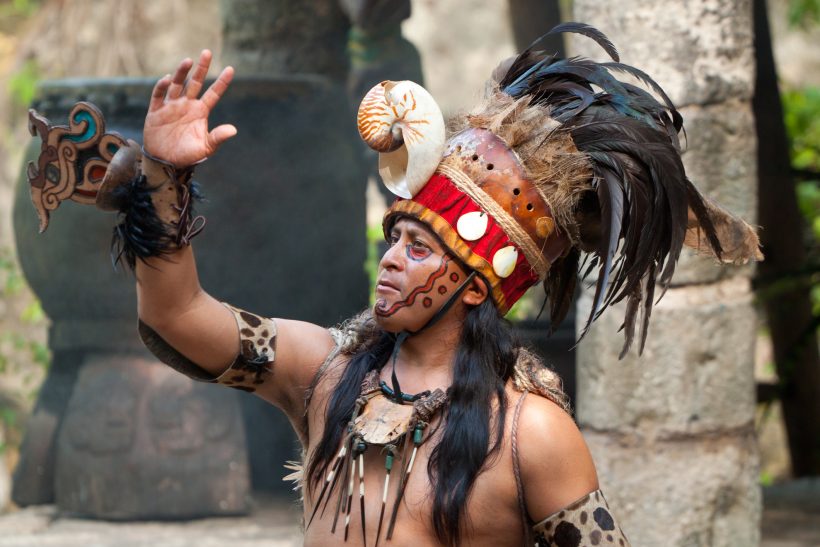
Influence of Mayan Culture on Modern Science and Civilizations
The Mayan culture has left an indelible mark on our world, historically recognized for initiating amazing scientific inventions in different areas like agriculture, astronomy, mathematics, and engineering. Check below the developments the community introduced:
Calendar System
One of the most notable discoveries is the calendar system. Essentially, Mayans believed that the cosmos affected their day-to-day living, and that’s why they were so interested in studying astronomy. Subsequently, they mastered the subject and began forecasting solar eclipses and using astrological cycles to decide the planting and harvesting period. They eventually created a calendar system, which formed the basis for all other calendars utilized by Mesoamerican civilizations and today’s world.
The Concept of Zero
Do you know where the idea of zero originated from? You guessed it right: it’s a product of the Mayans’ ingenuity and creativity. It’s vital to consider how Mayans perceive time. In any case, time is cyclical, so all events are destined to repeat themselves. If you observe nature and the cosmos keenly, you will realize that each beginning has an end, and each end has a new beginning.
For instance, season cycles of the year repeat indefinitely, the sun and other celestial objects are in constant motion, etc. According to ancient Mayans, the moon’s phases meant that it was dying only to be reborn whenever it passed between the Earth and the sun. Therefore, the zero point represented that single instance in the moon’s cyclical motion, birthing the zero concept. Over time, the number became very important to different civilizations. Without it, there would be no decimals, no algebra, no physical quantities to measure, and most importantly, no computers!
Architectural Designs
As mentioned, the Maya were master builders and could construct sophisticated architecture. They applied geometric principles and elaborate carvings to build everything, from basic houses to detailed temples, while adhering to the standards of their customs. Also, they expanded their cities depending on the location of natural resources by using raised and paved roads to link to the big plazas that acted as foundations of buildings.
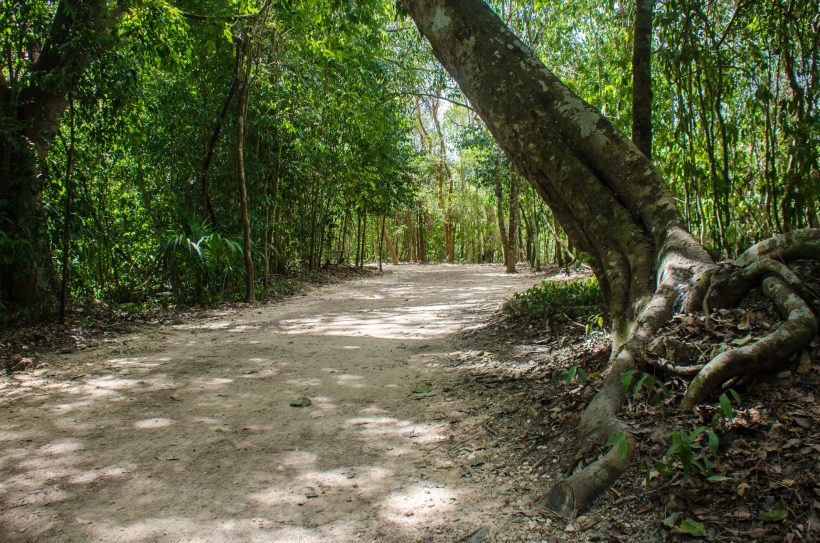
The Mayan building designs continue to influence the construction industry in Central America and other parts of the world. The procedures and guidelines offer modern architects ideas on how to use open space, color, and texture and blend the structures with nature.
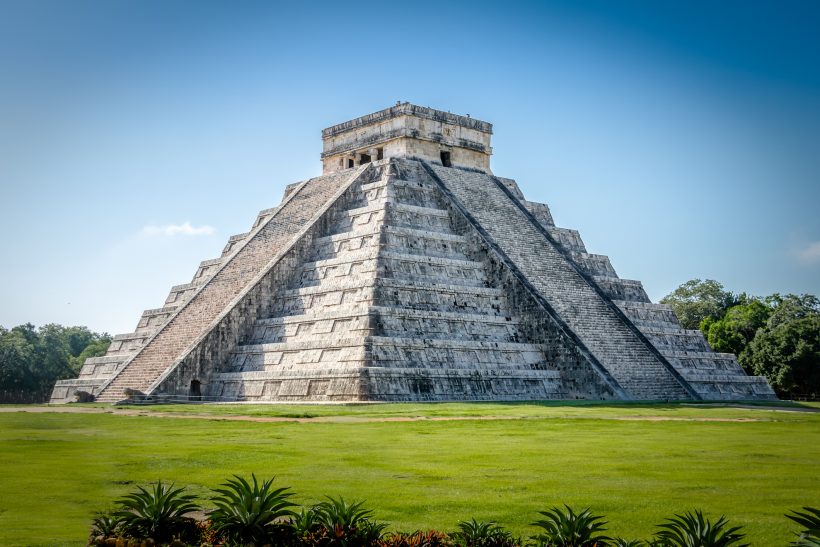
Agricultural System
The Mayans have been farming on rocky, shallow soil for thousands of years by moving different crops over the landscape to allow soils and forests to regenerate. Referred to as “milpa,” this ancient agricultural system translates to a “forest garden,” an unplowed land of trees cultivated throughout the year to produce shelter, food, and medicine. Mayans and other people in Central America use milpa to date for food security purposes. In addition, the farming system offers a foundation for improving resilience when facing deforestation and climate change.
Mayan Art
The Mayans have made great strides in art, as evidenced by the relics of paintings and sculptures and the splendor of the pottery and jade kept in historical monuments and altars.
Archaeologists can recognize Mayan art easily because it is noticeably different from art in other countries. The unique skills portrayed by this ethnic group continue to inspire many artists all over. It is a reminder for them to strive to attain mastery in art if they want to create unique pieces that will leave a positive mark on people’s lives.
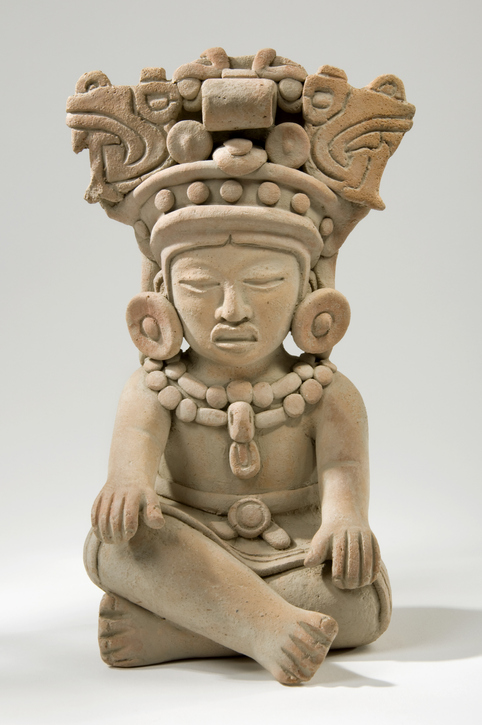
What the Maya are Doing to Revive Their Culture
The Mayans have adopted several strategies to revitalize their culture; one way is through youth music and dance. For instance, a few years ago, Guatemala started a program that organized youth aged between 10 and 30 to learn how their ancestors used to dance and sing. They usually utilized traditional instruments like conches as trumpets and turtle shells as drums. Once their melodies and dancing became perfect, they performed for various communities in nearby regions. They even gave special performances for tourists and other municipalities. The youths have learned about their identity through these practices and performances and continue to keep the Mayan traditions alive.
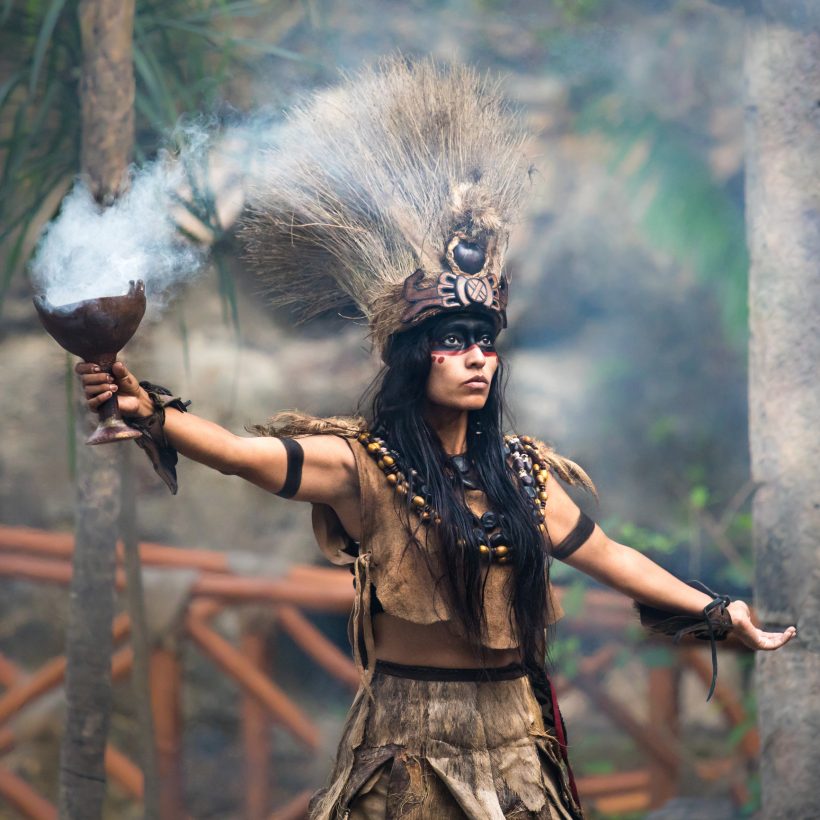
Encouraging Mayans to speak the different Mayan languages is another approach being implemented. Local radio stations in Mesoamerica spearhead this practice by communicating with the audience in Maya. The radio stations ask parents to speak with children in this language while young to ensure it becomes their native tongue. Also, the programming in some stations features discussions, Mayan language music, and language lessons. In other instances, an hour of news is chosen from time to time and translated into Mayan. Meanwhile, some community members are capitalizing on social networks to spread this gospel. For instance, several university students create videos in Maya to discuss vocabulary, community stories, common expressions, etc.
Some are advancing the Mayan cultural aspects by learning more about the lifestyles of their forefathers. They then educate other community members, spreading more knowledge about their culture. Eventually, people can appreciate and be proud of their identity. Watching different films and documentaries that showcase Mayan traditions and lifestyles also goes a long way in bringing this unique community to light.
Organizations Helping the Community
Various organizations are also taking an active role to ensure that the Mayan culture doesn’t become extinct. Here are some of them:
Academy of Mayan Languages of Guatemala (ALMG)
ALGM is a Pan-Mayan organization funded by the Guatemalan government to regulate the use of Mayan languages. It also plays a vital role in promoting Mayan culture. It achieves this by providing courses in the nation’s Mayan languages and training Spanish-Mayan interpreters.
Comunidad Maya Pixan IXIM
Comunidad Maya Pixan IXIM is an organization on a mission to reinforce the Mayan roots by encouraging the community to embrace its heritage. It has an organization dubbed “Maya Education Initiative,” whose primary focus is to revive, develop, utilize, and transfer Mayan languages, philosophies, histories, and oral traditions to the community. The organization also seeks to prepare community members to participate in high levels of leadership by enrolling in higher education.
Mayan Traditions Foundation
Mayan Traditions Foundation focuses on conserving and reviving traditional Mayan heritage and art. It mainly gives women in this community the chance to engage in artistry. This economic practice was common in ancient Maya. As such, the women can express the unique aspects of their culture through weaving arts. The organization also ensures these products reach the international market, enabling more people to learn and appreciate the amazing Mayan culture.
There is no ounce of doubt that the Mayans are a fascinating people. Their level of enlightenment during the ancient period is indeed mind-boggling. Not only did they invent farming methods and calendars, but they also built sophisticated architecture without the metal tools we have today. Contrary to what scholars would have many believe, the Mayan culture is very much alive. Indigenous communities in Mesoamerica are actively engaged in activities to revive this culture. This activity is something that any Mayan should be proud of. Various organizations also lending a hand in that respect. Therefore, Latin America’s ancient culture will continue to withstand the test of time.

